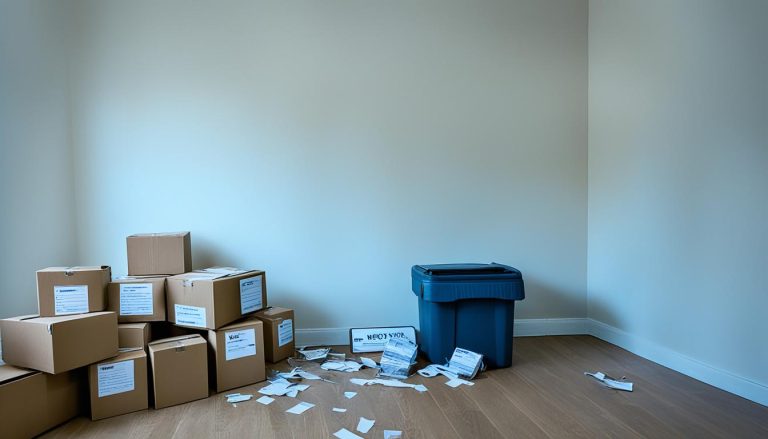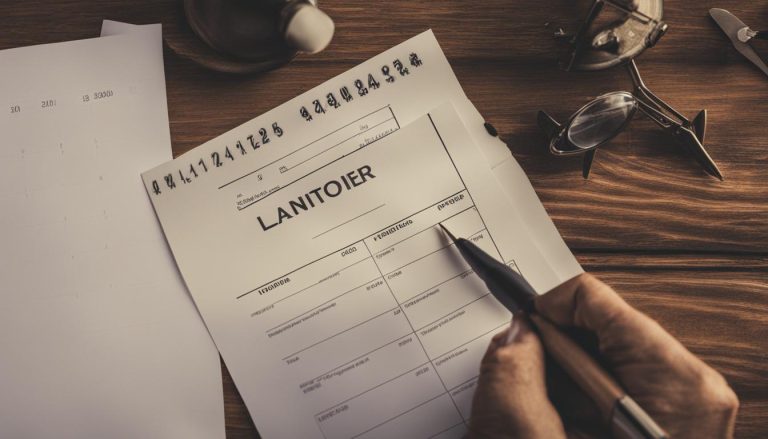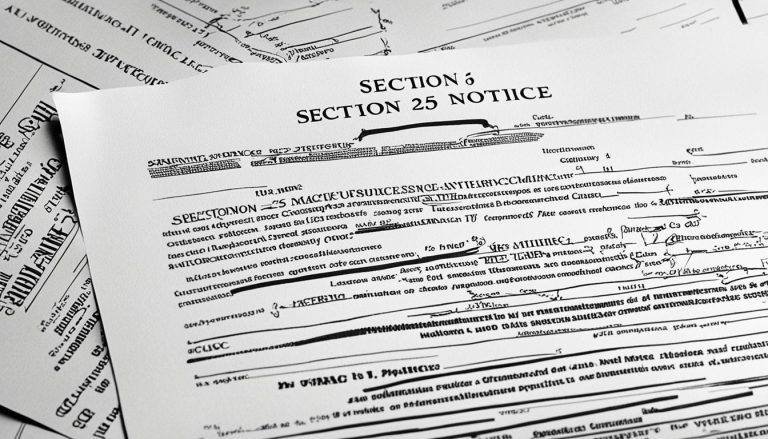Section 11 of the Landlord and Tenant Act 1985 plays a pivotal role in ensuring the maintenance and upkeep of rented properties in the United Kingdom. This crucial legislation sets forth the legal obligations and responsibilities of both landlords and tenants, establishing a framework that promotes the provision of habitable and well-maintained living spaces.
What is the Landlord and Tenant Act 1985 Section 11?
Section 11 of the Landlord and Tenant Act 1985 mandates that landlords must carry out essential repairs and maintain the structure, exterior, and installations of a rented property. This includes the roof, gutters, drains, pipes, as well as the systems responsible for supplying gas, electricity, water, and sanitation. The Act ensures that tenants have the right to live in a property that is fit for human habitation.
Importance of Understanding Section 11 for Landlords and Tenants
Comprehending the provisions of Section 11 is crucial for both landlords and tenants. For landlords, it outlines the legal responsibilities they must fulfil to maintain the property and ensure its suitability for occupation. Tenants, on the other hand, gain a clear understanding of their rights and the landlord’s obligations, empowering them to hold their landlords accountable for addressing any issues or disrepair within the property.
Landlord’s Obligations Under Section 11
Under Section 11 of the Landlord and Tenant Act 1985, landlords have a clear responsibility to maintain the structural integrity and exterior of the rented property. This includes keeping the roof, gutters, drains and pipes in good repair to ensure the dwelling remains weatherproof and safe for the tenant’s occupation.
Maintaining the Structure and Exterior
Landlords must ensure the structure and exterior of the dwelling house are kept in a state of good repair. This extends to the roof, gutters, drains and pipes, which must be maintained to a satisfactory standard. Any issues with the structural elements of the property must be addressed in a timely manner to uphold the tenant’s right to a secure and habitable living environment.
Repairing and Maintaining Installations
In addition to the structural components, landlords are also obligated to keep the essential installations in proper working order. This includes the systems for supplying gas, electricity, water and sanitation, as well as the installations for space heating and heating water. Landlords must ensure these vital facilities are fully functional and well-maintained throughout the tenancy.
Keeping Installations in Proper Working Order
Landlords must not only repair any issues with the installations but also keep them in proper working order. This means regularly servicing and maintaining components such as water and gas pipes, electrical wiring, boilers, radiators and other heating systems, as well as basins, sinks, baths and toilets. Proactive maintenance helps prevent breakdowns and ensures the tenant’s comfort and safety.

Tenant’s Responsibilities
Section 11 of the Landlord and Tenant Act 1985 outlines the responsibilities of tenants in maintaining the rented property. Two key aspects of this are the tenant’s duty to use the premises in a tenant-like manner and their obligation to report any damages to the landlord.
Duty to Use the Premises in a Tenant-like Manner
The “duty to use the premises in a tenant-like manner” means that tenants are expected to take good care of the dwelling, carry out daily maintenance tasks, and avoid any actions that could directly lead to the deterioration of the property or its installations and facilities. This includes ensuring the property is treated with respect and that any minor issues are addressed promptly to prevent further damage.
Reporting Damages and Allowing Access
Tenants are also responsible for reporting any damages to the landlord as soon as they become aware of them. This allows the landlord to take the necessary action to rectify the issue and prevent it from worsening. Additionally, tenants must allow the landlord, or an authorised agent, a right of entry to view the “condition and state of repair” at reasonable times of the day, provided they have been given 24 hours’ written notice.

Exceptions and Limitations
While Section 11 of the Landlord and Tenant Act 1985 places significant obligations on landlords, there are certain circumstances where they may not be held responsible for carrying out repairs or maintaining the property’s installations.
Circumstances Where Landlord is Not Responsible
Landlords are not obligated to carry out works or repairs where the tenant has failed to use the property in a tenant-like manner. Similarly, landlords are not required to rebuild or reinstate the premises in the case of destruction or damage by fire, flood, or storms. Additionally, landlords are not responsible for keeping in repair or maintaining anything that the tenant is entitled to remove from the property.
Tenant’s Liability for Damage
If the tenant is responsible for the damage to the property, they should arrange for the necessary repairs to be carried out themselves. The cost of these repairs can then be recovered by the landlord from the tenant’s deposit or through the courts.
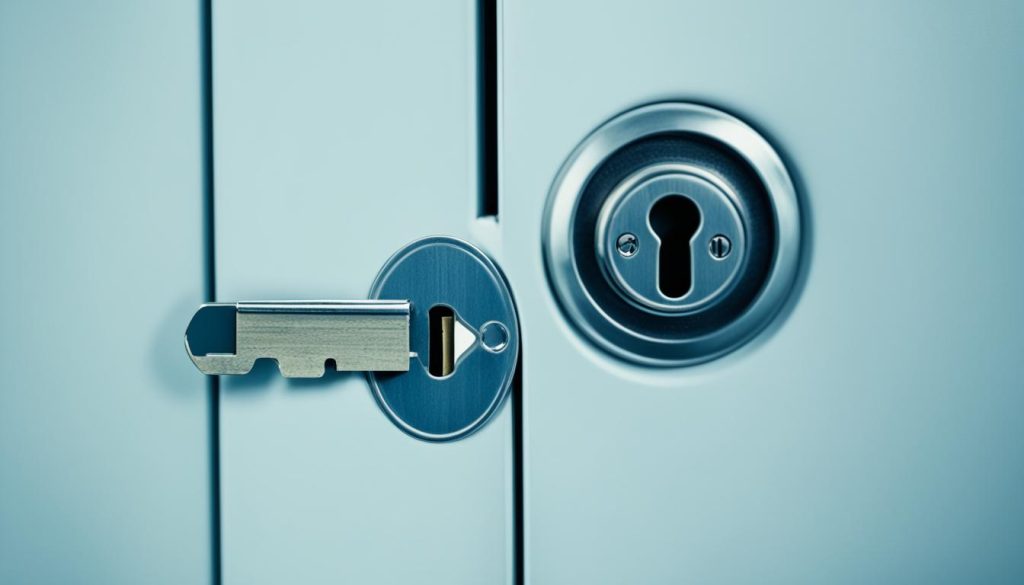
Carrying Out Repairs
Once the landlord has been notified by the tenant of the need for a repair, they should respond as quickly as possible. Repairs should be carried out within a reasonable time, which is not defined in law. However, if the damage is such that it either endangers the safety of the tenants or causes them significant discomfort, the repairs should be carried out as a matter of urgency.
Reasonable Time for Repairs
The landlord must request access from the tenant to carry out the repairs at a convenient time, and they have a defence in law if they are denied access, as long as they can prove they made “all reasonable endeavours”.
Urgent Repairs
If the damage is such that it either endangers the safety of the tenants or causes them significant discomfort, the repairs should be carried out as a matter of urgency.
Standard of Repairs
The landlord only has to repair the dwelling back to the standard it was when the tenant moved in, as long as the condition was satisfactory at that time.
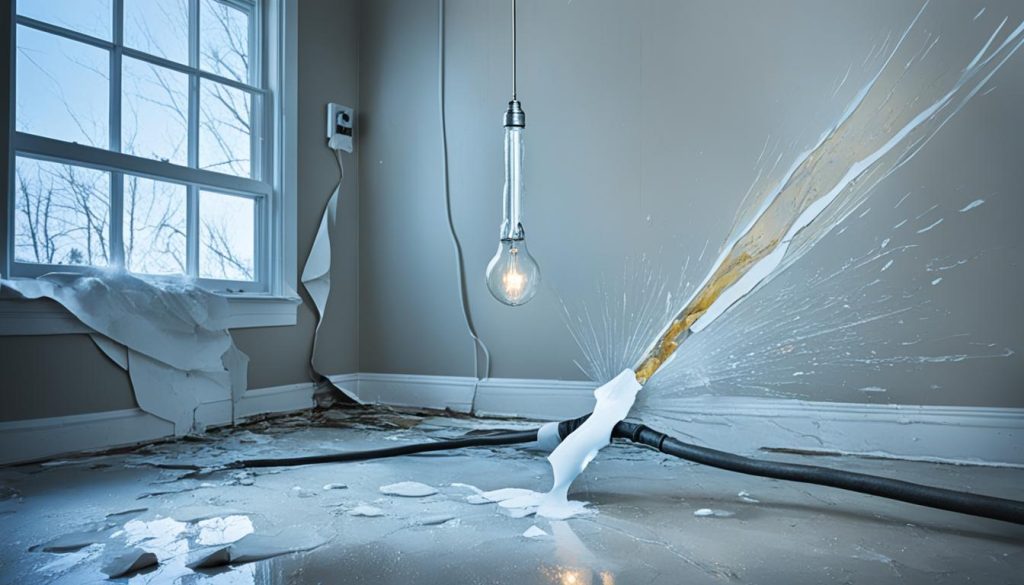
Landlord and Tenant Disputes
If a landlord fails to fulfil their obligations under Section 11, this can be considered a breach of the contract. In such cases, tenants have legal remedies available to them to address the issue.
Breach of Section 11 Obligations
When a landlord neglects their responsibilities under Section 11 of the Landlord and Tenant Act 1985, it can be deemed a breach of the tenancy agreement. This may arise when the landlord fails to maintain the property’s structure, exterior, or essential installations, such as those for gas, electricity, water, and sanitation.
Legal Remedies for Tenants
Tenants have several legal options to remedy a landlord’s breach of Section 11 obligations. One avenue is to apply to the First-tier Tribunal (Property Chamber) for an order requiring the landlord to carry out the necessary repairs. Additionally, tenants may be able to withhold rent or take other legal action if the landlord does not address the issues in a timely manner.
Conclusion
Section 11 of the Landlord and Tenant Act 1985 plays a crucial role in ensuring that rented properties are maintained in a habitable condition. It outlines the legal responsibilities of landlords to keep the structure, exterior and installations of the property in good repair, while also defining the obligations of tenants to use the premises in a tenant-like manner. Understanding these rights and responsibilities is essential for both landlords and tenants to ensure a harmonious tenancy and avoid potential disputes.
By upholding the standards set forth in Section 11, landlords can fulfil their duty to provide a safe and comfortable living environment, while tenants must reciprocate by taking care of the property and promptly reporting any issues. This mutual understanding and adherence to the law can help foster a positive relationship between the two parties, ultimately benefiting the rental market as a whole.
In conclusion, Section 11 of the Landlord and Tenant Act 1985 is a pivotal piece of legislation that promotes the maintenance of rental properties, protecting the rights and responsibilities of both landlords and tenants. Its proper implementation is crucial for ensuring the quality and sustainability of the UK’s rental sector.
FAQ
What are the tenant’s responsibilities under Section 11?
Section 11 states that the tenant has a “duty to use the premises in a tenant-like manner”. This means the tenant is expected to take good care of the dwelling, carry out daily maintenance tasks and report any damages to the landlord as soon as they become aware of them.
Are there any exceptions where the landlord is not responsible for repairs?
Yes, landlords are not obligated to carry out works or repairs where the tenant has failed to use the property in a tenant-like manner, rebuild or reinstate the premises in the case of destruction or damage by fire, flood or storms, or keep in repair or maintain anything the tenant is entitled to remove from the property.
How long does a landlord have to carry out repairs under Section 11?
Repairs should be carried out within a reasonable time, which is not defined in law. However, if the damage is such that it either endangers the safety of the tenants or causes them significant discomfort, the repairs should be carried out as a matter of urgency.
What legal remedies do tenants have if the landlord fails to fulfil their Section 11 obligations?
Tenants have legal remedies available to them, such as applying to the First-tier Tribunal (Property Chamber) for an order requiring the landlord to carry out the necessary repairs. Tenants may also be able to withhold rent or take other legal action if the landlord does not address the issues in a timely manner.

